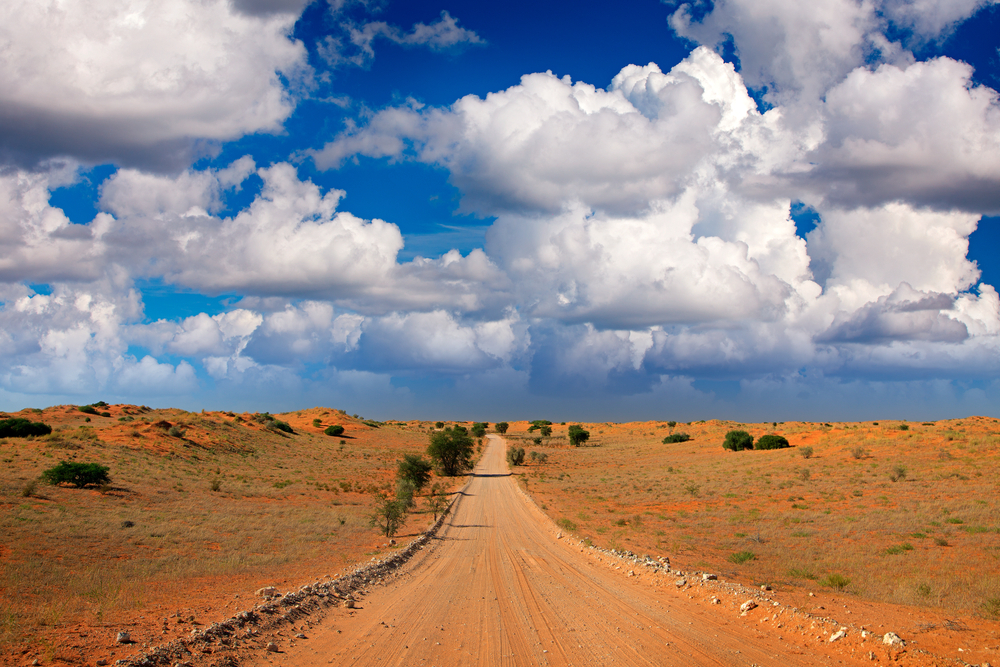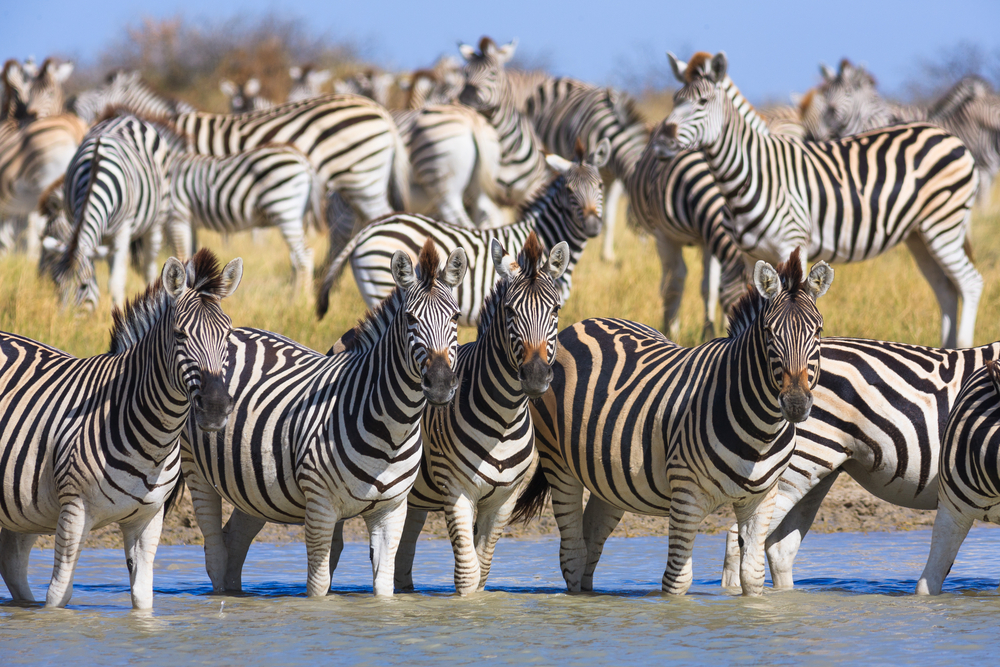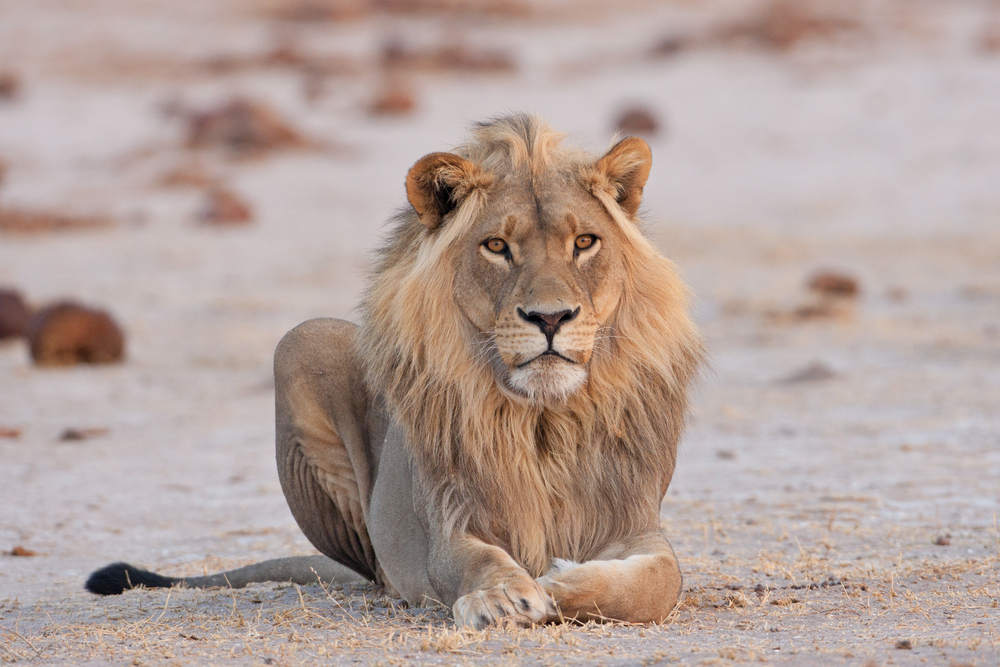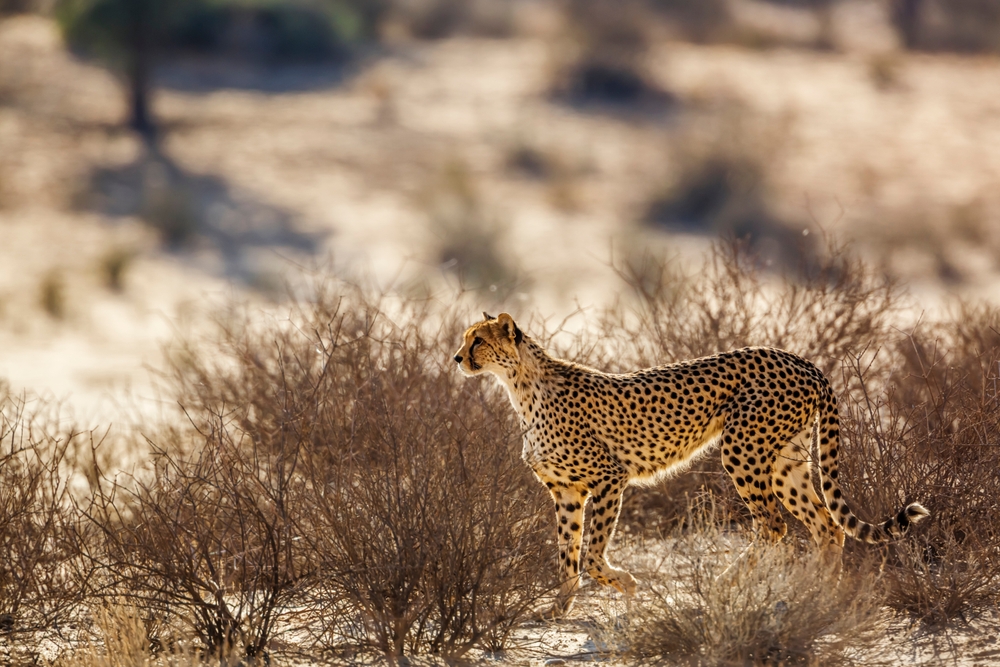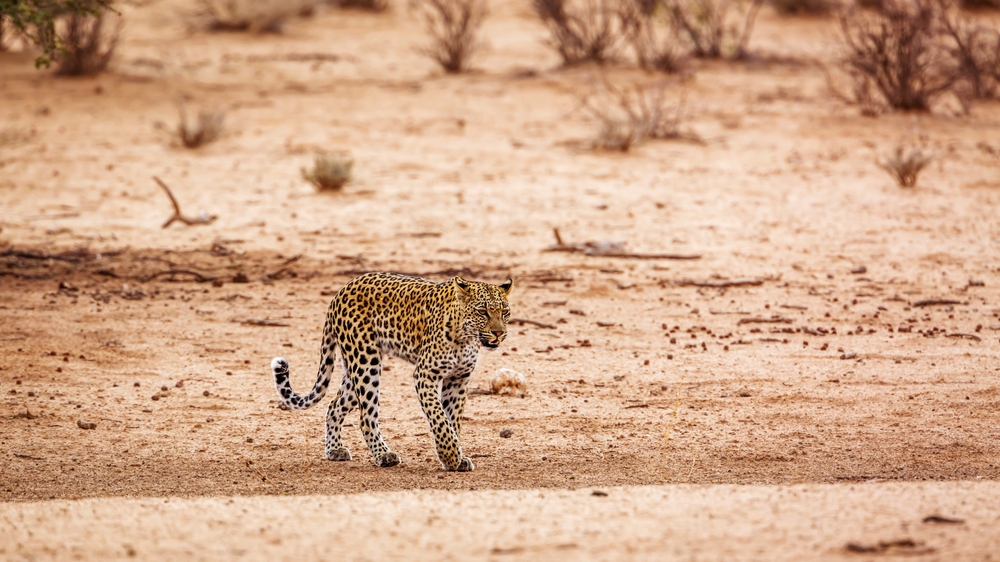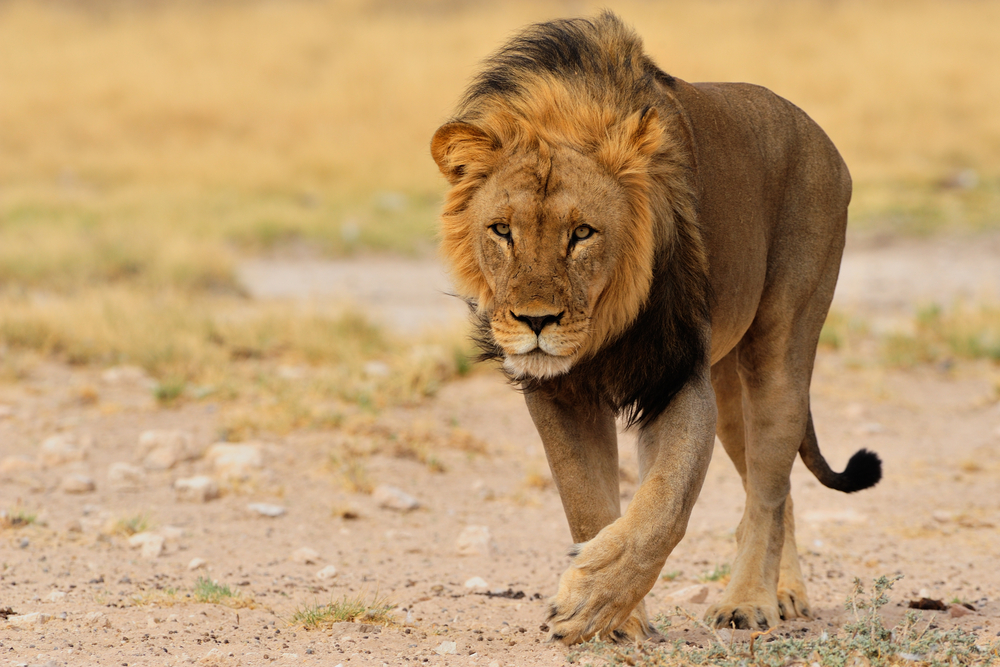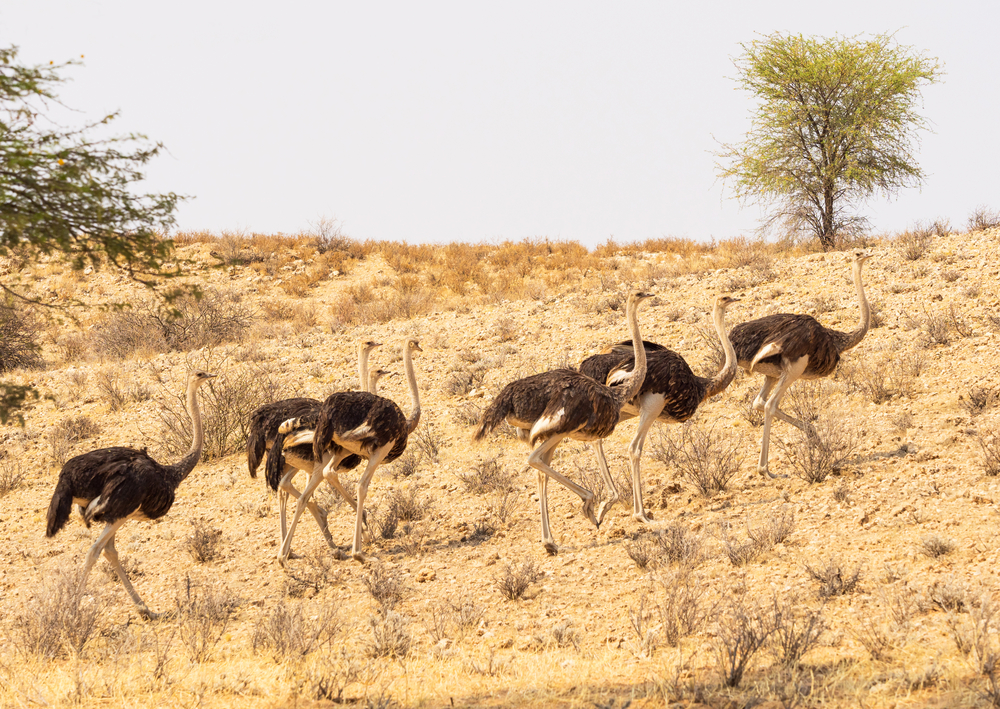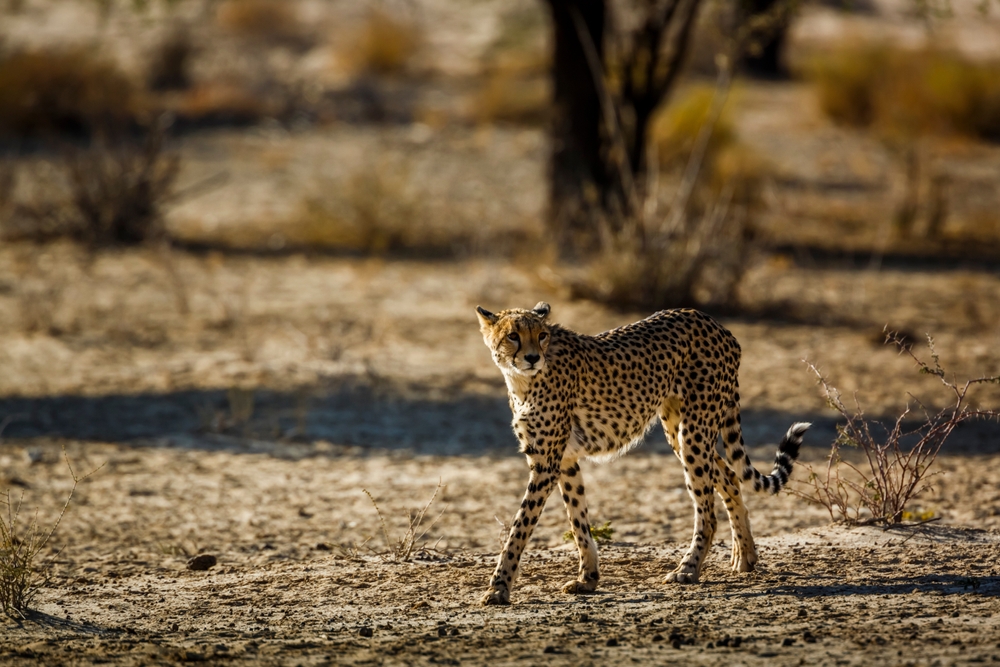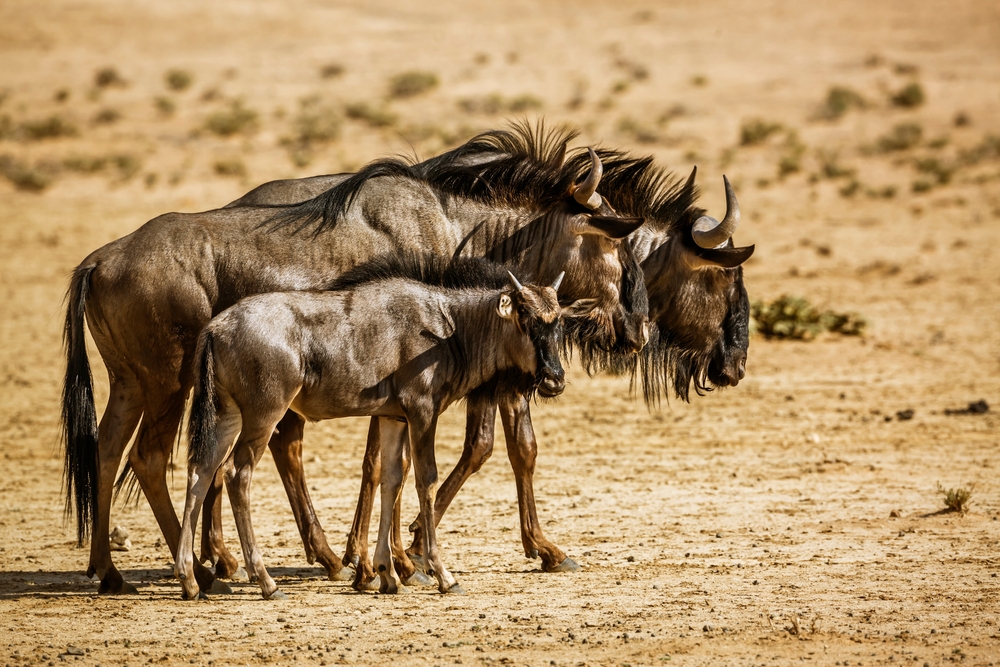Kgalagadi Transfrontier Park Overview
Kgalagadi Transfrontier Park is a vast and ecologically significant conservation area located in the southern part of Africa, straddling the border between South Africa and Botswana. Established in 2000 as one of the first peace parks in Africa, it merges South Africa’s Kalahari Gemsbok National Park and Botswana’s Gemsbok National Park into a single transfrontier park. Covering a total area of approximately 14,670 square miles (38,000 square kilometers), Kgalagadi is one of the largest national parks in the world, with around three-quarters of the park lying in Botswana and the remaining portion in South Africa.
The landscape of Kgalagadi is dominated by the arid Kalahari Desert, characterized by vast stretches of red sand dunes, dry riverbeds, and sparse vegetation. Despite its harsh environment, the park supports a rich diversity of life, adapted to survive in these dry conditions. The two main rivers, the Nossob and Auob, are mostly dry, only flowing during rare periods of heavy rainfall. Their dry beds, however, provide critical waterholes for wildlife during the dry season.
The vegetation in Kgalagadi consists primarily of drought-resistant plants, including hardy grasses, shrubs, and acacia trees. These plants form the basis of the park’s food chain, supporting a variety of herbivores like springbok, gemsbok, wildebeest, and eland. The landscape’s open, arid nature makes it ideal for spotting predators such as lions, cheetahs, and leopards, all of which thrive in the park’s ecosystem.
The park is particularly renowned for its black-maned lions and excellent predator sightings, making it a premier destination for wildlife enthusiasts. The park’s vast, open spaces, red dunes, and endless horizons offer a striking and serene wilderness experience, making it a unique and treasured conservation area in Africa.
Park Map
Kgalagadi Transfrontier Park Highlights
Engaging Kgalagadi Transfrontier Park
Related National Parks More Botswana
Sources
- Botswana Tourism Organizations, Kgalagadi Transfrontier National Park, https://www.botswanatourism.co.bw/explore/kgalagadi-transfrontier-park, retrieved August 2024.
- Britannica, Kgalagadi Transfrontier National Park, https://www.britannica.com/place/Kgalagadi-Transfrontier-Park, retrieved August 2024.
- Peace Parks Foundation, Kgalagadi, https://www.peaceparks.org/tfcas/kgalagadi/, retrieved August 2024.
- Siyabona Africa, Kgalagadi Transfrontier National Park, https://www.nature-reserve.co.za/kgalagadi-transfrontier-nature-preserve.html, retrieved August 2024.
- South Africa National Parks, Kgalagadi Transfrontier National Park, https://www.sanparks.org/parks/kgalagadi, retrieved August 2024.








































































